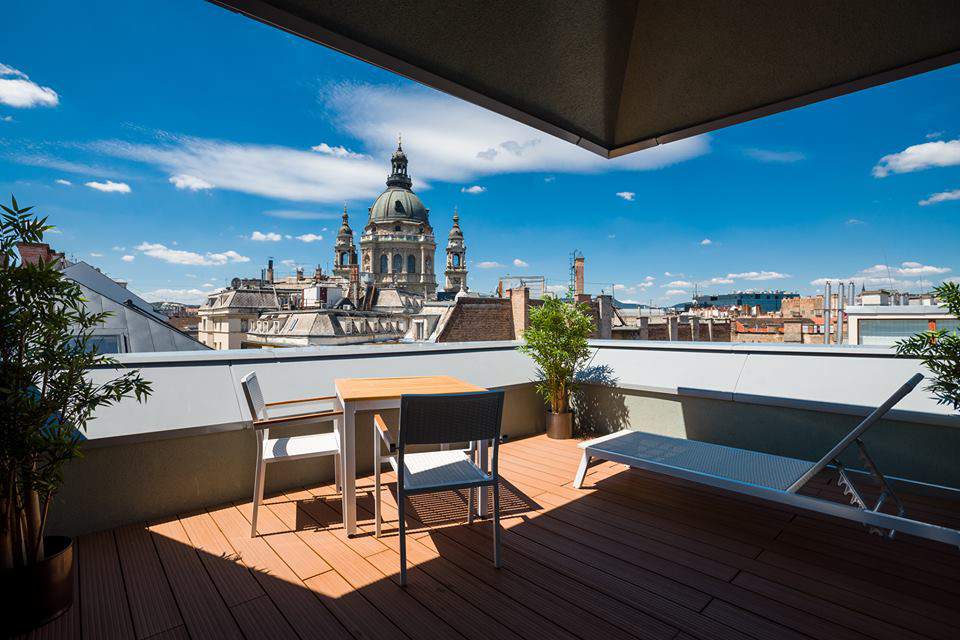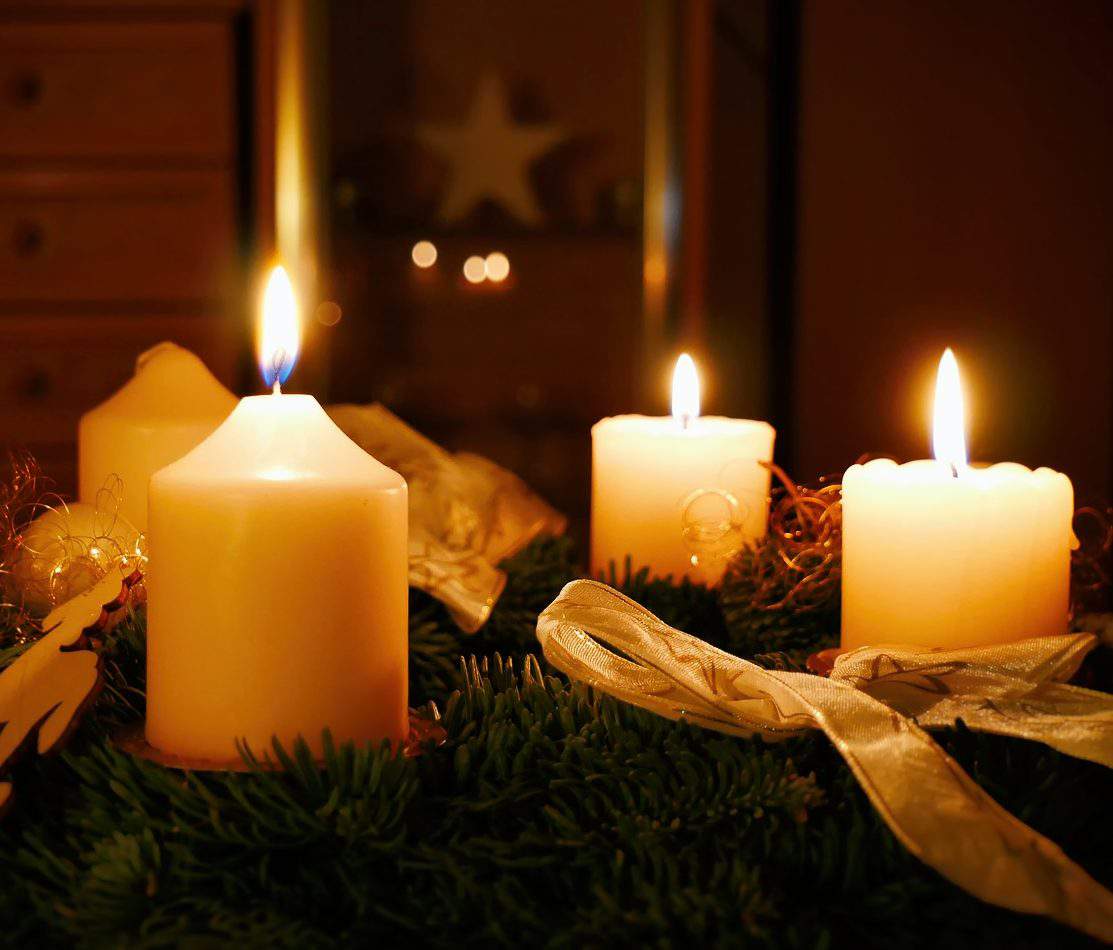Waiting for the Messiah – Advent period in Hungary
For many years, the beginning of Advent was marked by a bell, according to MNO.hu. There was also a custom of holding a fast on Wednesday and Friday, as well as staying away from meat consumption on Saturday. Masses were held at dawn called rorates, or simply as golden masses. Children alerted believers by singing songs and ringing bells, to prevent them from being late from rorate.
According to folk traditions, marriageable girls were dealing sweets during the bell toll in order to tempt potential suitors. In Transylvania, it was a custom to keep the doors and windows shut during the dawn masses, to avoid witches in animal forms infiltrating their homes and barns.
The pilgrimage of the Holy Family is a relatively new Catholic custom originating from the early 20th century. This means that believers bring the picture of the Holy Family to a different house each day, say prayers to it and perform minor services.
This tradition commemorates the journey of Virgin Mary and Saint Joseph in Bethlehem, when they were seeking shelter.
According to Korkep.sk, the custom of Advent wreaths originates from the folk belief that circles protect people from evil spirits — that is the reason why dreamcatchers are also round. People thought that such sacred wreath can keep any bad wisps away from the house. This shape also means eternity, the values that never fade.
This is similar to the Northern European custom of hanging mistletoe above the door to keep the spirits of the forest at bay. Mistletoe is also known as a remedy for the presence of witches, so it is also used for making these wreaths of evergreen twigs. Besides mistletoe, branches of thuja, pine, yew and ivy can also be used. The evergreen ring is also related to the winter equinox, as well as the eternal renewal of nature and life, according to Evon.hu.
The candles of the wreath have a certain color pattern.

Wiki Commons By Philip János; retouched by:Rlevente
Three of them are purple, which is the symbol of repentance and remorse. The fourth candle, which is lit as the third in line, is pink. This color means the joy of Virgin Mary for the child to be born. Some families – mostly non-Catholic Christians – make wreaths with candles from different colors, mostly red or gold. There is also a less popular, but still existing alternate pattern: according to this method, the candles are blue, red, white and purple, respectively. These four colors symbolizese four different angels that visit the household each Sunday until Christmas. No matter which pattern is used, one candle is lit on each Sunday of Advent and all four are lit on the evening of Christmas.
The flames of the candles symbolize the stars that guided the Three Wise Men to the place where Jesus was born.
There is a relatively new custom mostly popular among children: it is the Advent calendar, which serves as the measure of time during the waiting period. It has 24 windows, one of which is to be opened each day until Christmas eve. Each door hides some “treasure”, mostly chocolate or other sweets. In older times, these windows contained small icons and good wishes for Christmas.
Source: Evon.hu, MNO.hu, Korkep.sk, Netfolk.blog.hu
please make a donation here
Hot news
What happened today in Hungary? — 26 April, 2024
Unemployment stops rising in Hungary
Foreign workers at Wolt Hungary: courier and restaurant manager chime in – and they are not happy
Hungarian FM Szijjártó: We won two battles in Brussels
Bizarre developments: Orbán cabinet now targets rainbow-coloured items!
Hungarian defence minister: Most important thing is peace




